Gold is a complex material often utilized in jewelry, along with platinum and silver. However, different types of gold are used in jewelry depending on the piece it is used in, the diamonds that are being set, and the taste of the person who is wearing the piece.
Dissecting Gold
First, let us look at gold from a chemical standpoint, for after all, it is a chemical element. The chemical symbol of gold is Au. Gold is a ductile metal whose properties remain when exposed to air or water.
Next, let us analyze its appearance. Unlike other metals, which are mostly gray, silver, or silvery white, gold in its natural form is yellow. This factor sets gold apart from other metals, and makes its unique. While gold is considered a very strong metal, it is also impressionable, more so than any other precious metal. That makes it ideal for jewelry.
Gold Karats
Gold is measured in karats, similar to the way in which diamonds are defined by the 4 Cs. The karats for measuring Gold are different than the carats that diamonds are measured in.
Gold is defined by how pure it is, which is a ratio that is divided into 24 parts. Pure gold, which is 100% natural gold, is considered 24 karats, or 24K. Though this type of gold may be the purest, it is too soft to be used for jewelry, as is 22K gold.
The types of gold used most commonly for jewelry are 18K gold, comprised of 75% gold, and 14K gold, which contains 58.3% gold. Gold with a very low percentage of actual gold, such as 10K gold (41.7% gold), is also used for jewelry.
Since pure gold is too soft to construct jewelry, it is combined with additional metals such as silver, copper, zinc, and nickel. These metals provide the gold with the necessary strength and sturdiness to be crafted into jewelry pieces. The percentage of genuine gold present within the gold alloy not only accounts for the level of prestige and price, but for its color as well. The amount of each metal alloy, paired with the type of alloy used, is responsible for the final color of the gold.
24K Gold can only be yellow, but other karat amounts be either white, rose, or yellow gold. There have also been other colors of gold developed, such as green gold and black gold, which are alloys that contain gold in them and other, additional elements to produce the color.
Gold Colors
The term gold brings instant images of the color yellow to one’s mind, but in reality, gold jewelry comes in far more colors than the standard yellow. Jewelry stores around the world have their display shelves lined with yellow gold, white gold, and rose gold jewelry.
Yellow Gold
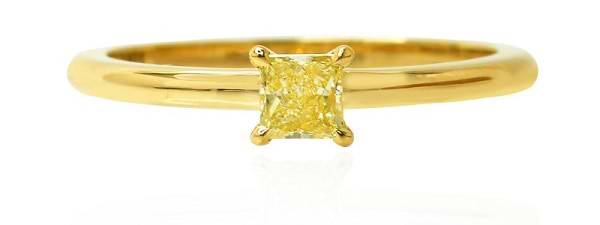
A yellow diamond solitaire ring in 18K Yellow Gold
White Gold
White gold is currently very popular, as it has been for decades. The advantage of white gold is that it has the clean and simple beauty of silver, but the strength and prestige of gold. Pure gold is combined with alloys such as silver and nickel, and plated in a material called rhodium, before it is transformed into white gold. Although quite durable, the rhodium coating can rub off from time to time. It can easily be restored with a quick rhodium treatment at the jewelry store. A yellow diamond solitaire ring in 18K White Gold
A yellow diamond solitaire ring in 18K White Gold
Rose Gold

A brownish yellow solitaire ring in 18K Rose Gold
Comparing Gold Types: Solid, Plated, Filled, and Vermeil
There are different types of gold :-
Solid Gold: Solid gold jewelry is made entirely of gold, typically ranging from 10 karats to 24 karats. Solid gold jewelry is highly valued for its durability, luster, and ability to withstand tarnishing or discoloration over time.
-
Plated Gold: Plated gold jewelry consists of a base metal, such as brass or sterling silver, that is coated with a thin layer of gold through electroplating. This process gives the jewelry the appearance of being made entirely of gold while being more affordable than solid gold pieces. However, plated gold jewelry may wear off over time, revealing the base metal underneath.
-
Filled Gold: Filled gold jewelry, also known as gold-filled or rolled gold, is made by bonding a thick layer of gold onto a base metal core, usually brass or copper. Filled gold jewelry contains a higher percentage of gold than plated gold, making it more durable and resistant to tarnishing. It offers a more affordable alternative to solid gold jewelry while maintaining a similar appearance and quality.
-
Vermeil: Vermeil is a type of gold-plated jewelry specifically referring to pieces where the gold layer is thicker than standard plating, typically over sterling silver. To be considered vermeil, the gold layer must be at least 2.5 microns thick and have a gold karat of at least 10. Vermeil jewelry combines the luxury of gold with the affordability of sterling silver, offering a high-quality option for those seeking elegant yet budget-friendly pieces.
Understanding these distinctions helps in choosing gold jewelry based on factors like budget, durability, and desired appearance.
Like all things precious, gold can be pricey. However, prices do fluctuate depending on the market, gold purity, weight, and intricacy of the piece. Luckily, old gold can always be sold, exchanged, or melted down in order to create a new piece. Gold is a luxurious commodity that is not only valuable but can be worn and enjoyed as a jewelry piece and passed down for generations.
FAQ
What are the different colors of gold commonly used in jewelry?
Gold jewelry commonly comes in yellow, white, and rose gold varieties.
What are the main differences between yellow, white, and rose gold?
The main differences between yellow, white, and rose gold lie in their composition and appearance. Yellow gold has a classic warm hue, white gold has a silvery appearance due to the presence of white metals in its alloy, and rose gold features a romantic pinkish hue created by mixing gold with copper.
How does the price of gold jewelry vary based on karats and design intricacy?
Gold jewelry prices vary with higher karat gold (e.g., 18K or 24K) being more expensive due to its purity, and intricate designs or gemstone embellishments adding to the cost.
What factors should I consider when choosing the right gold color and karat for my jewelry?
Additionally, consider the durability and maintenance requirements of different karats – higher karat gold is softer and more prone to scratching, while lower karat gold offers greater durability. Finally, choose a karat that fits your budget and desired level of purity, balancing quality with affordability to find the perfect gold jewelry piece for you.

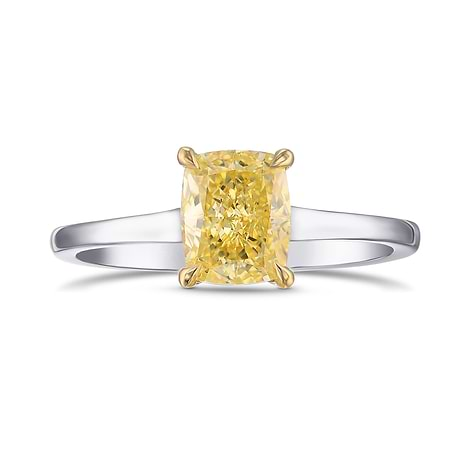
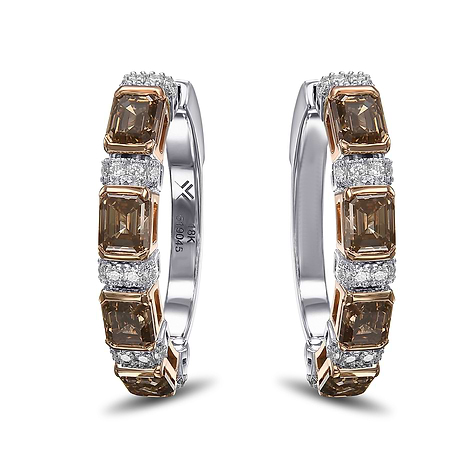



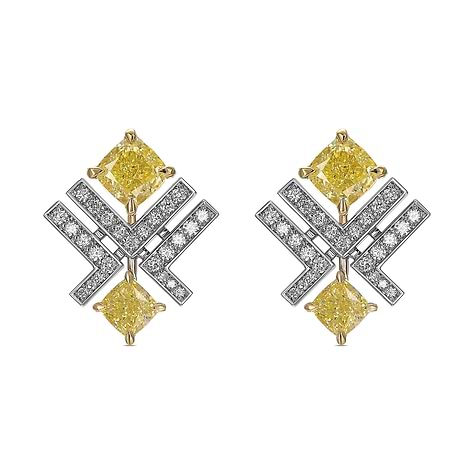
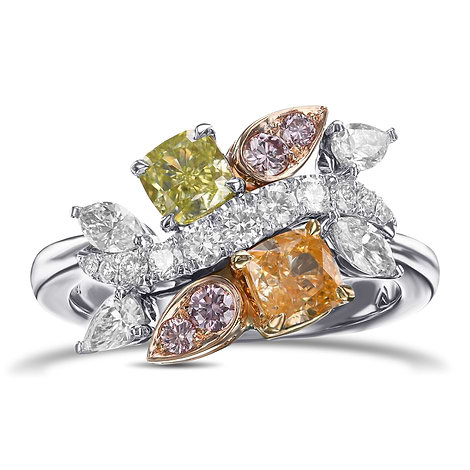
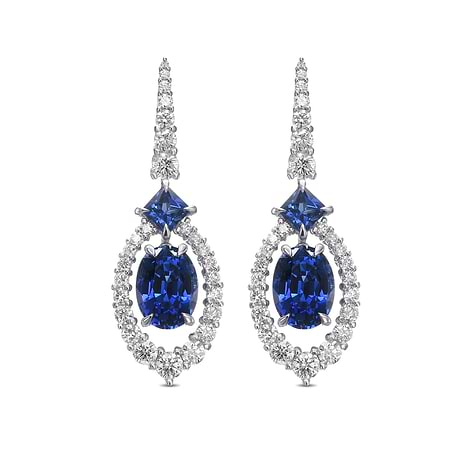
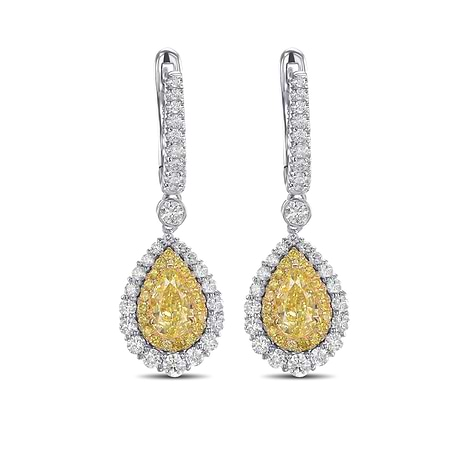
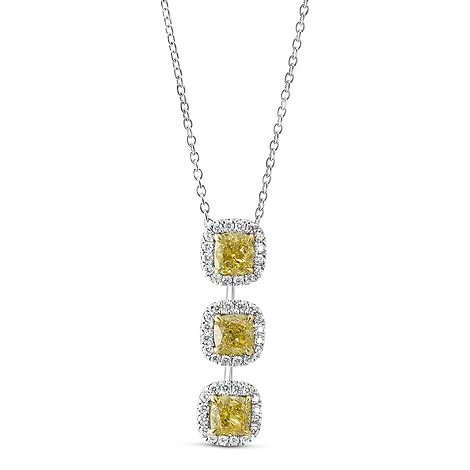


.png)
